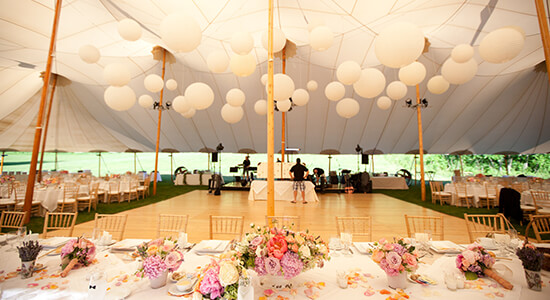
The primary hues are crimson, azure, and golden. These hues cannot be made by mixing other colors together. Intermediate hues, such as emerald, tangerine, and violet, are formed by mixing primary colors. Tertiary hues are created by mixing a primary color with a secondary color. Understanding these fundamental connections helps creators select colors that complement one another and create a visually appealing display. Mixing these hues on an light-emitting diode dancing floor can lead to dynamic and exciting outcomes that attract the focus of participants.
Color temperature also plays a key part in aesthetics. Colors can be categorized as warm or chill. Hot hues, such as crimson, orange, and yellow, tend to elicit feelings of excitement and heat. In opposition, chill colors web link like blue, green, and violet typically generate a calm and tranquil environment. Creators can use these color temperatures to set the ambiance for various kinds of events. For example, a party atmosphere may gain from hot hues that energize the crowd, while a more calm event might employ cool colors to offer a soothing influence.
In furthermore to color combinations and temperature, luminosity and saturation are vital elements to consider. Luminosity denotes to how bright or dark a color appears, while intensity indicates the intensity of a color. Bright, intense hues can create a vibrant and energetic atmosphere, perfect for dance floors. On the contrary hand, softer, less intense hues can create a more muted environment. Through adjusting luminosity and saturation, designers can draw attention to specific sections of the dancing floor or establish sight pathways, leading participants through the venue.
Ultimately, it is crucial to consider the psychological impacts of hue in LED dancing surface designs. Different hues can elicit various feelings and reactions. For instance, dance floor rental with premium features red is often linked with zeal and energy, while blue can be soothing and tranquil. Grasping these associations allows creators to tactically use colors to affect the actions of dancers. By integrating color theory into light-emitting diode dance surface designs, designers can improve the total experience, making it unforgettable and pleasurable for everyone involved.